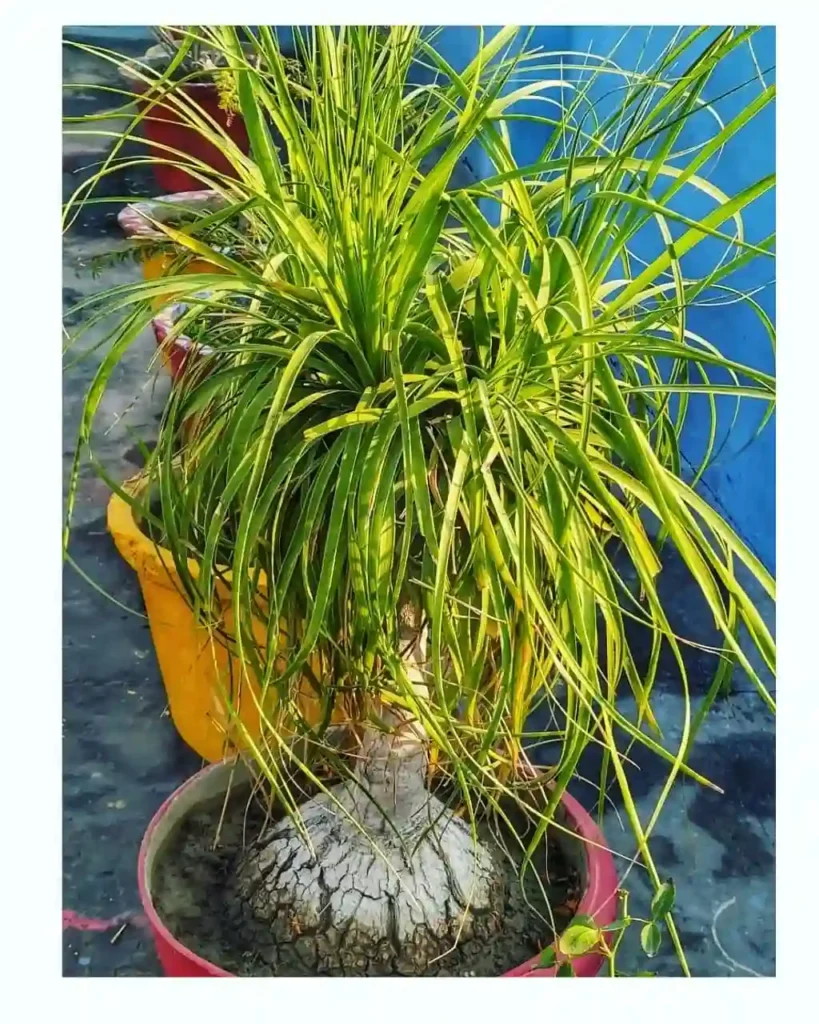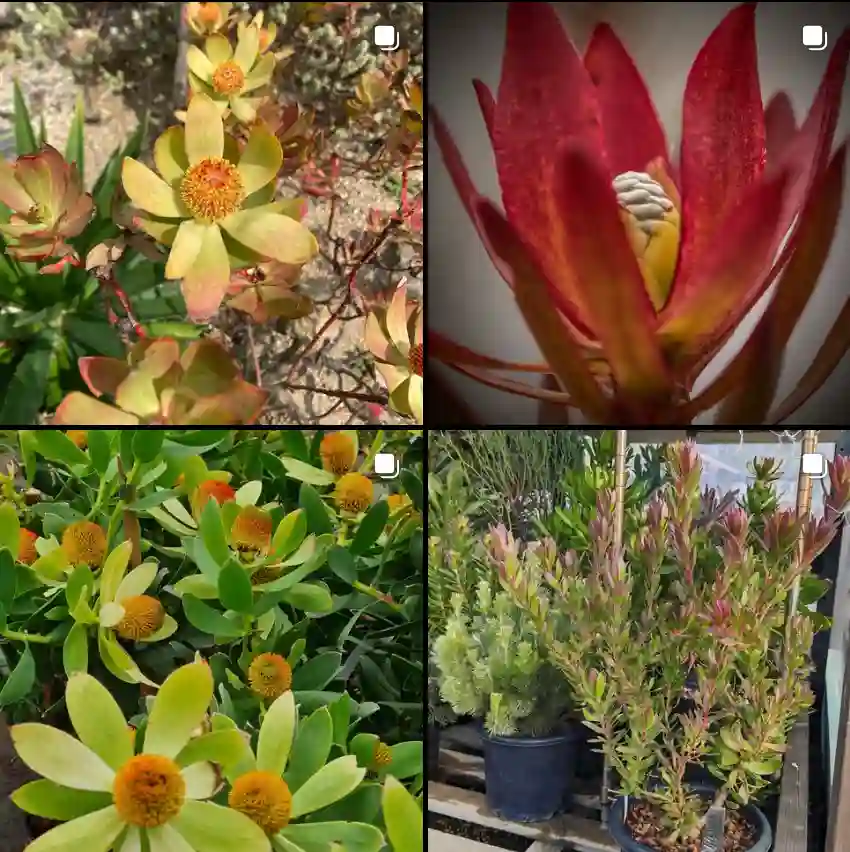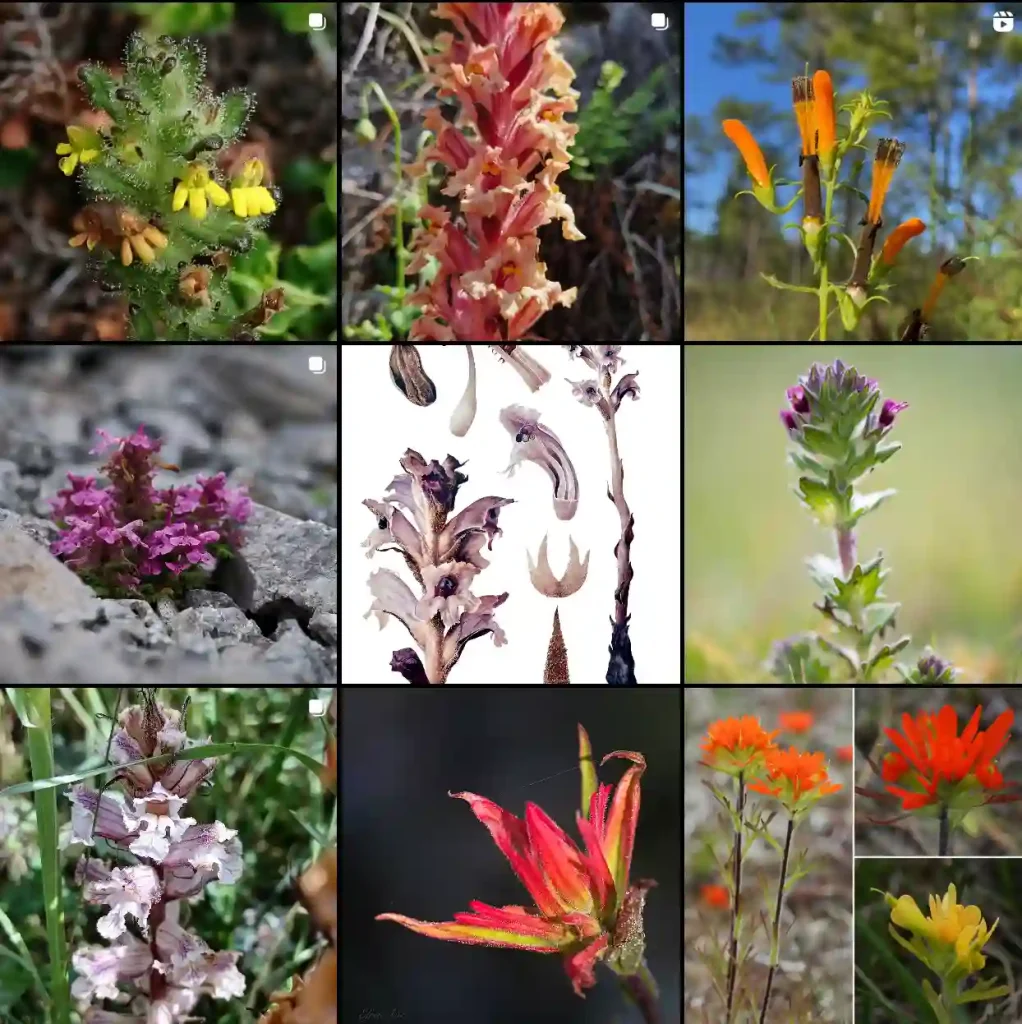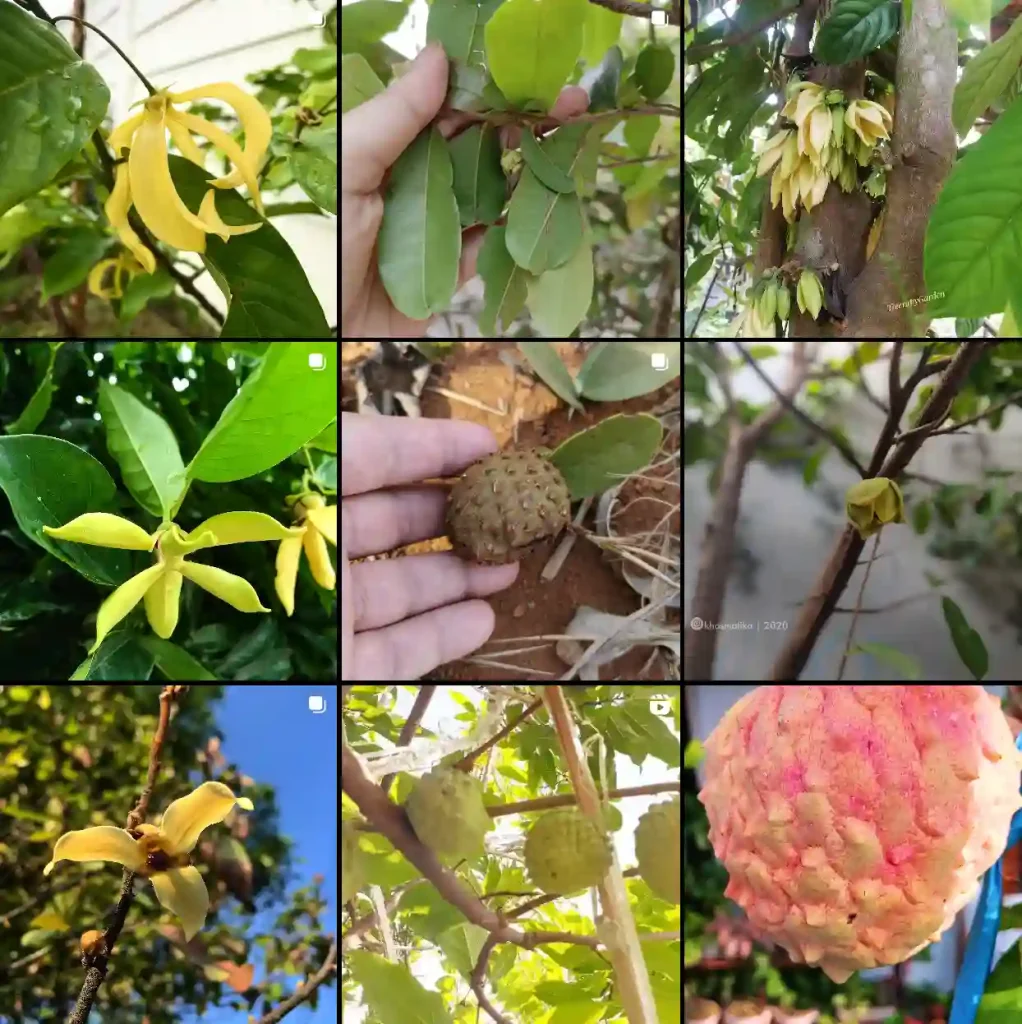What is Campanula Rapunculus?
Campanula Rapunculus, also known as Rampion Bellflower, is a fascinating plant from the Campanula family. This herbaceous perennial is native to Europe and parts of Asia, and it holds historical significance, especially in folklore (think of “Rapunzel”). With its slender stems and bell-shaped blue to violet flowers, it’s an attractive option for both ornamental and practical purposes. The plant’s roots and leaves were once a common food source in Europe, offering a crunchy, radish-like flavor. It’s a unique blend of beauty and utility.
459 Species in Genus Campanula – Bellflowers
How to Care for Campanula Rapunculus?
Caring for Campanula Rapunculus is relatively simple, making it ideal for gardeners of any experience level. Here’s a breakdown of how to ensure it thrives:
- Light: It prefers full sun to partial shade. In warmer climates, some afternoon shade helps prevent the plant from scorching.
- Soil: It thrives in well-draining soil that’s rich in organic matter. Loamy or sandy soil works best, but it can tolerate a range of soil types.
- Watering: While it appreciates consistent moisture, avoid waterlogging the soil. Water deeply but allow the top layer to dry out between sessions.
- Temperature: Campanula Rapunculus is hardy in USDA zones 4-8. It tolerates cold well but should be protected from extreme frosts.
- Fertilizer: A balanced fertilizer every few weeks during its active growing season can boost flower production and overall plant health.
How to Propagate Campanula Rapunculus?
There are two primary ways to propagate Campanula Rapunculus: by seeds and division.
- From seeds: Start seeds indoors about 6-8 weeks before the last frost. Lightly press the seeds into the soil but don’t cover them as they need light to germinate. Keep the soil moist, and in 2-3 weeks, they should sprout. Once the seedlings are strong enough, transplant them outside after the frost danger has passed.
- Division: This method is quicker. In early spring or fall, carefully dig up a mature plant and divide the root clumps. Ensure each division has roots attached before replanting them in well-prepared soil.
What to Plant with Campanula Rapunculus?
Companion planting is a great way to enhance the visual appeal of your garden while promoting plant health. I’ve found that Campanula Rapunculus pairs well with a few specific types of plants:
- Roses: Their vibrant colors contrast beautifully with the delicate blue hues of Campanula.
- Lavender: The purple shades of lavender blend harmoniously, and both plants thrive in similar conditions.
- Echinacea: These bold, upright flowers provide a striking contrast in texture and color to the more delicate Campanula flowers.
Together, these plants create a garden that’s full of texture, color, and variety, while attracting pollinators like bees and butterflies.
Is Campanula Rapunculus Toxic?
Fortunately, Campanula Rapunculus is not toxic. In fact, both the leaves and roots were historically consumed as food. Its root, resembling that of a radish, was used in salads or cooked, while the leaves were a common green in traditional European cuisine. That said, always ensure that plants you consume come from a pesticide-free source and are grown in safe soil conditions.
What Are the Benefits of Growing Campanula Rapunculus?
There are several reasons I enjoy growing Campanula Rapunculus in my garden:
- Attractive Flowers: The bell-shaped blooms are visually stunning and add an old-world charm to the garden.
- Edible: The fact that you can eat both the root and leaves makes it a unique plant. It’s a great conversation starter and a nod to sustainable, historical gardening practices.
- Wildlife-friendly: Pollinators like bees and butterflies are drawn to its blooms, helping improve the biodiversity in your garden.
- Low-maintenance: Once established, it doesn’t need a lot of attention, making it ideal for busy gardeners or those looking for a less demanding plant.
Common Problems with Campanula Rapunculus
Even though Campanula Rapunculus is a relatively easy plant to grow, it’s not without its challenges:
- Powdery Mildew: If planted in too much shade or with poor air circulation, it can develop powdery mildew. Proper spacing and airflow help prevent this issue.
- Slugs and Snails: These pests love Campanula’s tender leaves. I recommend using slug traps or organic barriers to keep them at bay.
- Overwatering: While the plant likes moist soil, waterlogging can lead to root rot. Ensure that the soil drains well to prevent this.
How Does Campanula Rapunculus Compare to Other Similar Plants?
People often confuse Campanula Rapunculus with other Campanula species, particularly Campanula Persicifolia and Campanula Rotundifolia. While these species share similar flower shapes, they have a few differences:
- Campanula Persicifolia: This species has broader, more lance-shaped leaves and tends to grow taller than Campanula Rapunculus. Its flowers are larger but fewer in number.
- Campanula Rotundifolia: Also called Harebell, this plant has much thinner stems and more delicate flowers. It thrives in rocky soils, whereas Campanula Rapunculus prefers richer, loamy soils.
Both of these species are ornamental like Rapunculus but lack its historical significance as a food plant.
What Are the Benefits of Campanula Rapunculus for Wildlife?
Campanula Rapunculus is a pollinator magnet. I’ve observed bees and butterflies regularly visiting the flowers, which means it helps support the ecosystem. Additionally, birds can use the tall stalks for perching, making it a wildlife-friendly plant. Its foliage also provides cover for smaller garden critters, adding to its biodiversity value.
By growing Campanula Rapunculus, I not only add beauty to my garden, but I also help preserve a plant with deep historical roots. It’s a blend of ornamental and practical, serving as both an attractive perennial and a link to traditional European gardening. It’s a must-have for any gardener looking to explore heritage plants with a touch of folklore.
If i die, water my plants!



